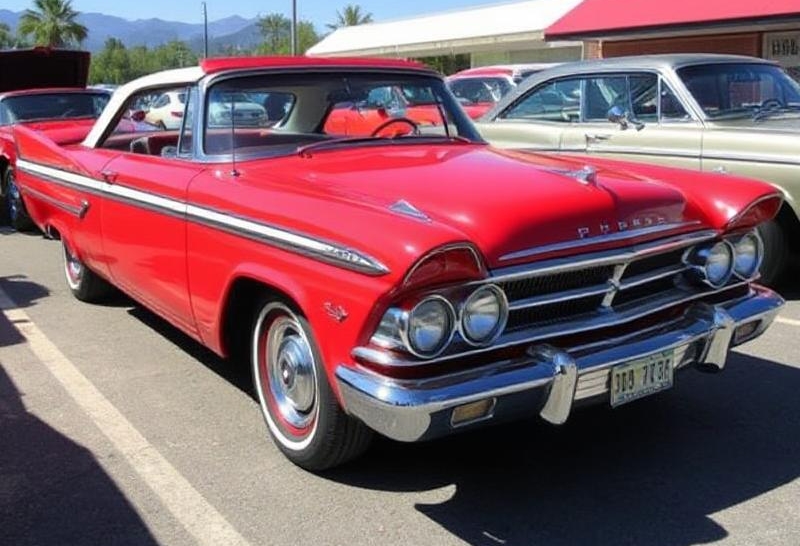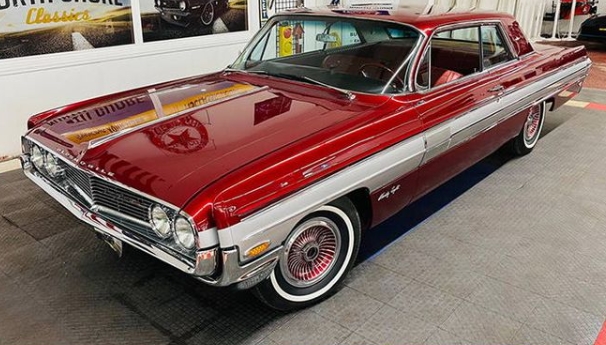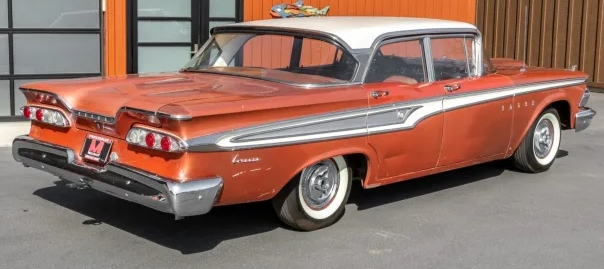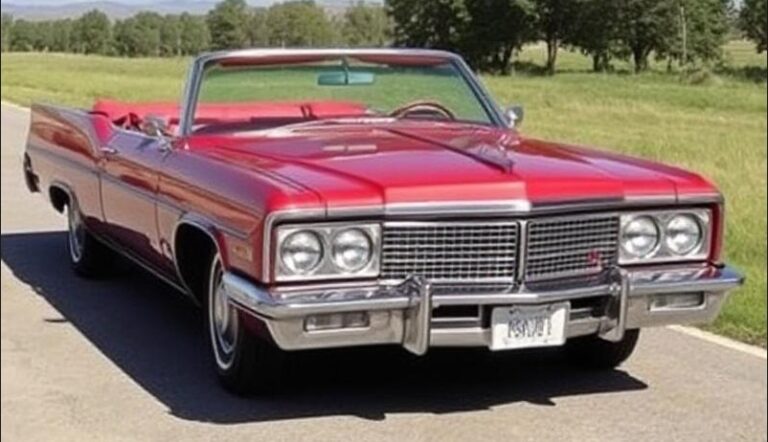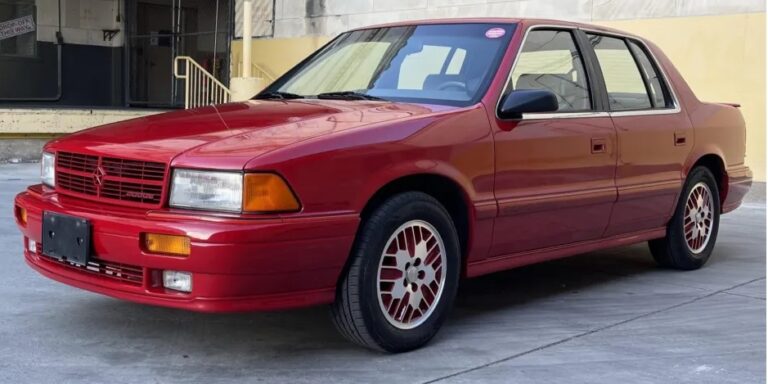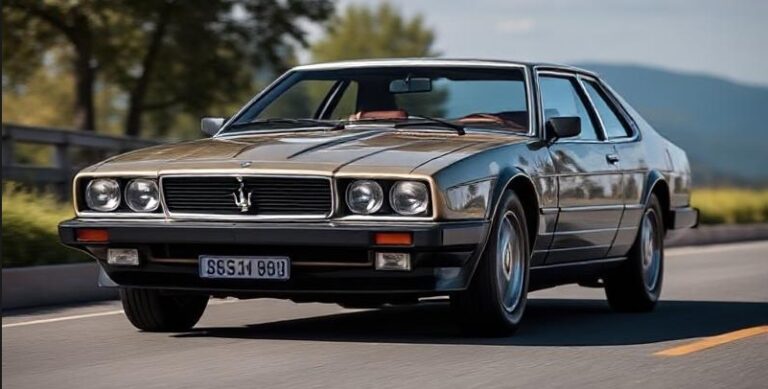The Evolution of the Plymouth Belvedere
The Plymouth Belvedere is a classic American automobile that was produced between 1951 and 1970, representing a significant era in automotive design and engineering. Renowned for its sleek lines, powerful engine options, and performance capabilities, the Belvedere captured the hearts of many car enthusiasts during its lifespan. In this article, we will explore the evolution of the Plymouth Belvedere, detailing the various models and trim levels offered throughout the years.
1. The Birth of the Plymouth Belvedere (1951-1953)
The Plymouth Belvedere was introduced in 1951 as a premium trim level for the Plymouth lineup. The first-generation Belvedere was a two-door hardtop and featured elegant styling with a distinct grille and tailfins, reflective of the trends in mid-century American car design.
1951-1952 Models
- Trim Levels: The initial offerings were fairly straightforward, providing a hardtop coupe and a convertible option. These models featured a 217.8 cubic inch (3.6L) flathead six-cylinder engine as standard.
- Features: Optional features included a two-tone paint job and upgraded interior trims, with the goal of providing a more luxurious driving experience.
1953
This year saw minor updates, including design tweaks and more standard features. The production continued to emphasize comfort and style.
2. The Second Generation (1954-1956)
The second generation of the Belvedere emerged in 1954 as part of a complete redesign across the Plymouth line. This new iteration introduced notable changes in style and performance.
1954
- Models/Trims: The 1954 Belvedere was introduced with a higher trim level distinction. Following the trend of the time, a two-door hardtop, four-door sedan, and convertible options were available.
- Engine: The Belvedere offered a 230 cubic inch (3.8L) inline-six as the base engine, with an optional 250 cubic inch (4.1L) V8.
1955
In 1955, the styling received an even bolder update, featuring a larger front grille and elongated tailfins. The offerings also expanded, incorporating the “Belvedere Special” trim, which provided additional luxury features.
- Engine Options: The V8 configuration became more popular, with the 270 cubic inch (4.4L) engine becoming a common choice.
1956
The 1956 model year continued to emphasize performance, with the introduction of the “Super Blue” option for the V8 engines that offered more horsepower. The styling featured more dramatic fins and an option for a two-tone paint scheme.
3. The Golden Age of American Muscle (1957-1960)
The third generation marked a key transition towards the muscle car era, with performance becoming a focus for Plymouth.
1957
- Models/Trims: The 1957 Belvedere was offered in both hardtop and convertible styles, boasting sharper lines and aggressive styling.
- Engine Choices: A significant advancement was the introduction of the 318 cubic inch (5.2L) and 361 cubic inch (5.9L) V8 engines. The Belvedere began to be recognized as a capable performer, which catered to the growing demand for speed.
1958
The model underwent minor updates, with adjustments to the rear tailfins and grille for a more refined look. The same engine options were retained but offered slightly more horsepower due to modifications in carburetion.
1959-1960
These two model years saw design continuity with slight refinements to the body and interior. A “Newport” trim level was introduced, offering unique features and trim enhancements.
.

.
4. The Final Years (1961-1970)
The Belvedere transitioned into its fourth and final generation in 1961, simplifying its design but continuing to embrace the performance aspects that had characterized the model.
1961
- Models/Trim Levels: The Belvedere was now available in a variety of body styles including sedans, hardtops, and station wagons.
- Performance: The 225 cubic inch (3.7L) Slant Six engine became the standard powerplant, while customers could upgrade to various V8s, including the 318 and 383 cubic inch engines.
1962
This year marked a significant shift towards performance. The introduction of the Belvedere “Max Wedge” package turned the car into a performance beast, featuring a high-output 413 cubic inch (6.8L) engine capable of impressive horsepower.
1963-1965
These years saw the Belvedere embrace the burgeoning muscle car market, with performance trims like the Belvedere R/T (Road/Track) being introduced.
- Engines: The R/T models were equipped with high-performance variants of the 426 cubic inch (7.0L) HEMI and 440 cubic inch (7.2L) V8s, solidifying the Belvedere’s reputation on the drag strip.
1966-1970
In these final years, the Belvedere underwent further styling changes with a focus on a more streamlined and aggressive appearance. The last models were modernized compared to earlier generations but retained high-performance engines.
- Trim Levels: The Belvedere was offered primarily as the base model, but the GTX designation also became available, signifying higher performance and luxury features.
Conclusion
The Plymouth Belvedere is emblematic of American automotive history, showcasing the evolution of design, technology, and performance over two decades. From its luxurious beginnings in the early ’50s to its transformation into a potent muscle car in the ’60s, the Belvedere mirrors the shifting landscape of American society and consumer preferences. Although the Belvedere nameplate was discontinued after 1970, it remains a beloved classic among collectors and enthusiasts, reminding us of the richness of the American automotive experience.
The Belvedere’s legacy is not only rooted in its engineering prowess but also in its representation of an era defined by innovation and style. Today, classic car enthusiasts continue to appreciate and restore these vehicles, ensuring that the Plymouth Belvedere will endure in the annals of automotive history.
